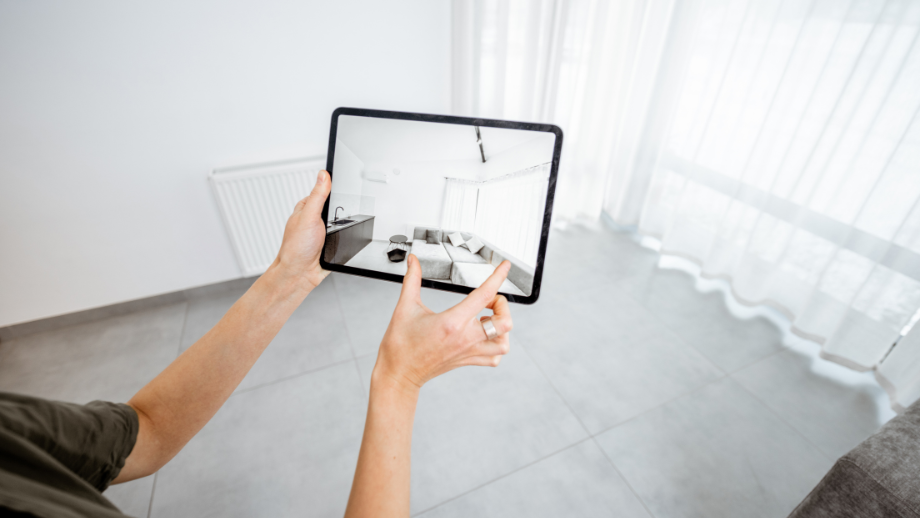
2022 continues to be the Year of the Creator.
And Augmented Reality (AR) will be key for branded social media marketing to take advantage of this.
In the last two years, many social media users have had the opportunity to consume vast amounts of online content, discover new activities, and find ways to share them across social media platforms.
This has allowed niche content to flourish and exponentially increase the number of people being ‘the social media content creator.’ User-generated content (UGC) makes up an incredible amount of the content being consumed and shared online. Case in point, PR Daily has reported that 56% of content consumed by teenagers is UGC.
Branded Social Media in the Year of the Creator
What does this mean for brands and their social media marketing strategy? Even with the high-volume of content going to market, brands are seeing a significant dip in organic engagement. RivalIQ has flagged that the once dominant Facebook has its median engagement rate down to 0.064%. Meanwhile the high-velocity social media platforms like Instagram (0.067%) and Twitter (0.037%) are also facing challenges.
The current engagement level trends is a wake up call for brands to rediscover and realign their social media strategy, especially with the new content appetite of users. This necessitates rapid adoption of new technologies that will shore up the branded content engagement gap. As well as take advantage of the popularity of UGCs. An effective scalable strategy will be developing an AR social media marketing strategy to support their organic and paid strategies.
What is an AR Filter?
AR filters are computer-generated effects that work with your camera. They add elements to your image that you can interact with. From changing your face to a cat, answering quizzes by tilting your head left or right, to trying on sunglasses virtually. Many social media platforms allow the integration of AR filters in their app’s camera to create fun and creative trends their users can jump into. Companies and brands can utilize this technology in their social media marketing campaign. This certainly stimulates engagement in an entertaining, clever, and non-intrusive manner.
How does AR support social media marketing?
Augmented Reality is slowly becoming essential for marketers, especially those working in social media for the online retail and services industry. Brands can use it to increase customer engagement and conversions without investing too much. This allows marketers and advertisers to expand their reach organically in fun, creative, and functional ways. For example, users are able to try sunglasses virtually straight from a Facebook Ad. This helps users decide on which product to purchase and reduces one of the key friction points of online shopping: trying products right there and then .
For organic social media strategies, brands are able to create their own AR filters and deploy them across platforms. This allows their audience to engage and create UGC. Then the brands in turn can use to augment their content calendars with fun and eye-catching posts that don’t significantly increase their teams’ workload. Having these filters available for use by audiences in various social platforms allows for a seamless transformation of audiences to brand ambassadors when they play around with these filters. Whether it’s for a product launch or a rebrand, brands can take advantage of the consumer appetite for content creation.
Spark AR, one of the most accessible AR toolkits, has reported that 600 million people are using AR filters every month. That number is growing.
Adopting AR for social media marketing
AR integration with current marketing strategies and content has been slow. Granted, adopting AR for social media marketing is not an easy decision to make. It does present upfront challenges like identifying useful use cases, production and development costs among others.
However, brands may need to go with the trend and expand their social media marketing strategy. NielsenIQ has already noted that customers are using AR features to make purchasing decisions. The Harvard Business Review has noted that “56% of shoppers surveyed by NielsenIQ said that AR gives them more confidence about the quality of a product, and 61% said they prefer to shop with retailers that offer AR experiences.”
The key driver for brands is how to create genuine social media experiences and engagements for their audience, without over-branding and causing fatigue. It is difficult to achieve as traditional marketing is quite prone to maximizing their brand exposure at any cost. However, it must be taken into consideration that the modern social media user is savvy and has grown desensitized to branded content due to the sheer volume of it that they are exposed to. Audiences crave genuine interaction and the opportunity to exercise their agency. AR is a good option for marketers to provide a playground for users to interact and play with the brand in a collaborative manner.
In a way, we could see A as having the brand on a team jersey. It’s not the most overt thing on it. But the more the team uses their jerseys, the more exposure the brand gets. That is what sparking others to maybe even try the jersey on for themselves.
Interested in creative ways to improve your social media strategy? Contact us and we can work with you to perfect your brand story.
Author
Ayo Supangco
Social Media & Content Specialist
A voracious social media consumer, Ayo is Magnolia’s Social Media and Content Specialist. He loves discovering ways to utilize platforms to boost the social presence of our clients while keeping an eye out for the next big thing and being an early adopter.